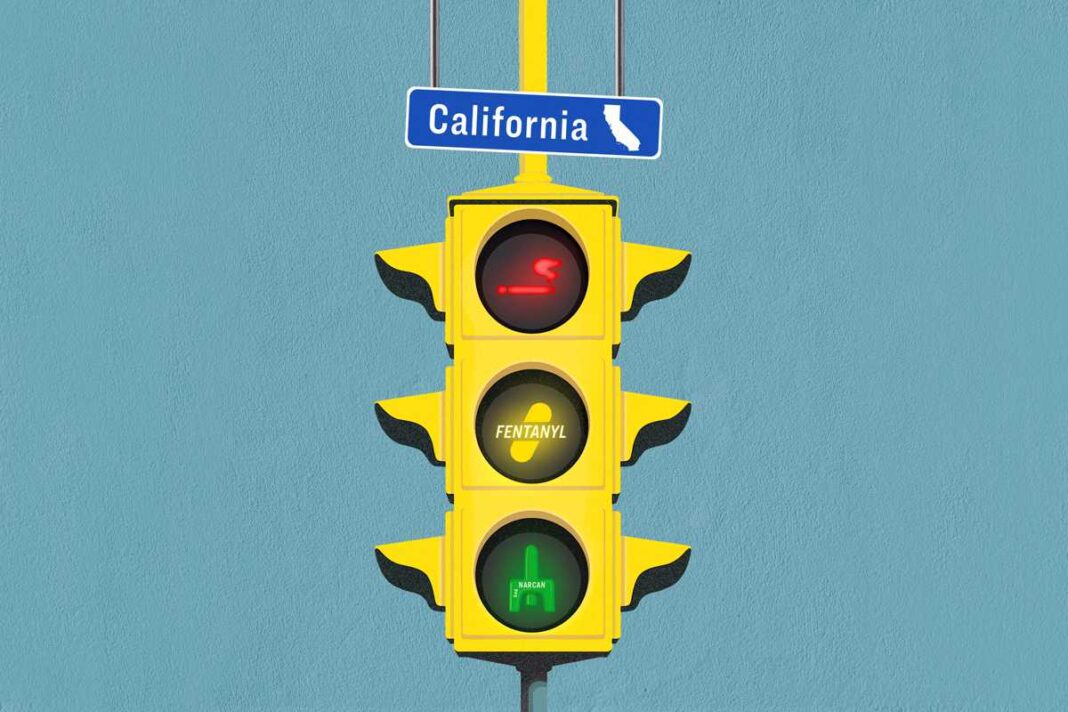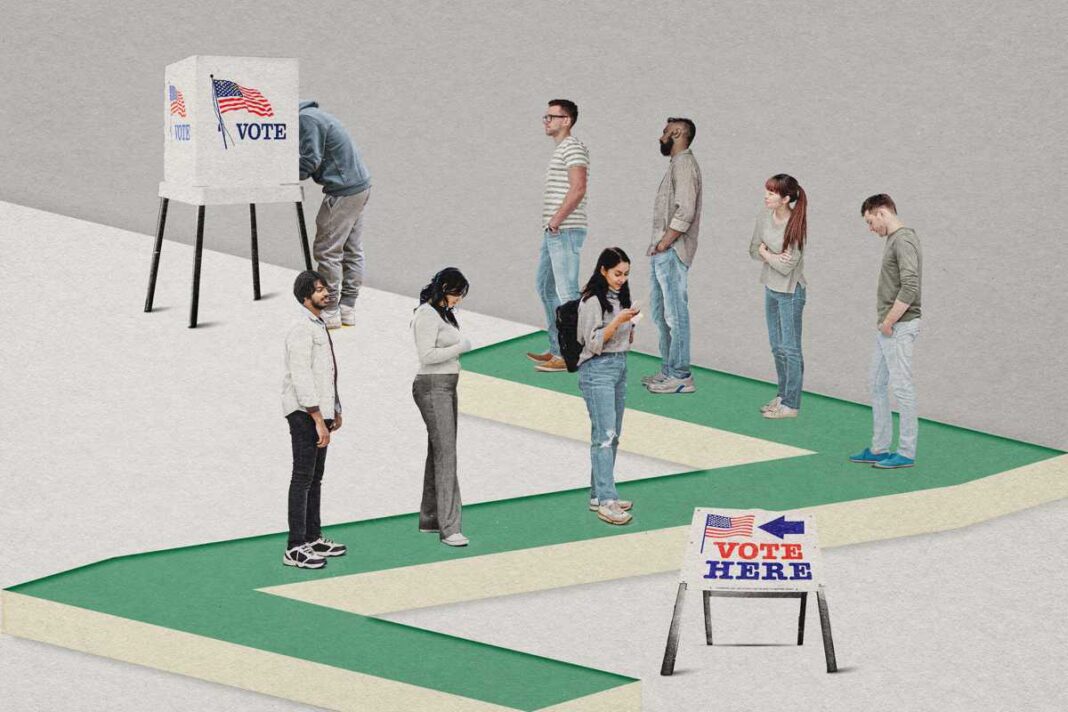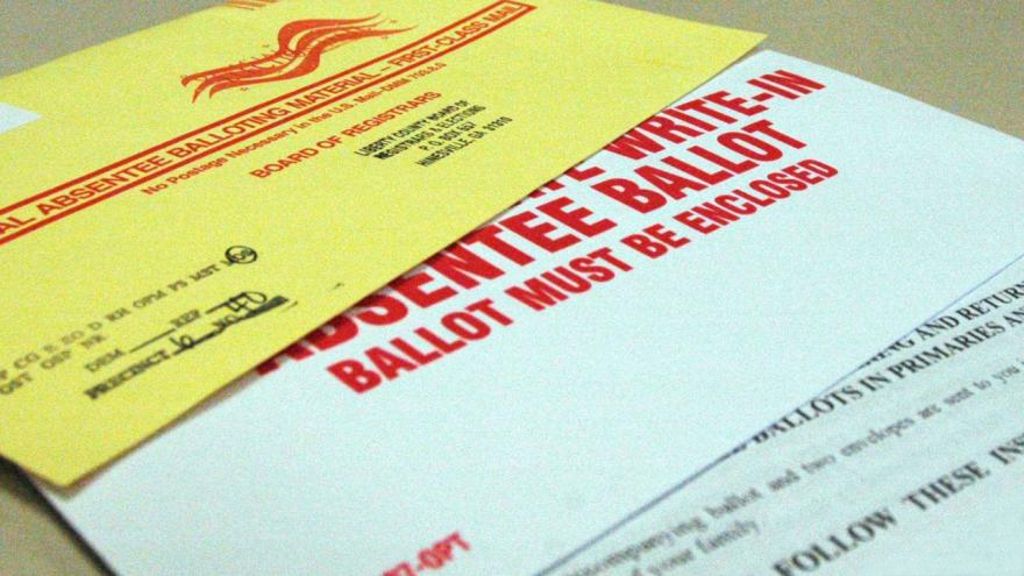California spends billions to stigmatize smoking, while destigmatizing the deadliest drug in U.S. history.
By now the statistics are familiar: Fentanyl is killing Americans at an unprecedented rate—around 73,000 annually.
For those aged 18 to 45, it is the leading cause of death.
And it’s everywhere—tainting counterfeit pills, poisoning children and adults, addicts and first-time users, overwhelming any potential response. As a deluge of pills and powder flows across the southern border, authorities regularly seize enough fentanyl to kill everyone on earth, several times over.
Into this carnage, a windfall.
Nationwide, more than $50 billion is expected to flow from legal settlements with opioid manufacturers and distributors over the next two decades—with California in line to receive about $4 billion, divvied up among the state and local governments.
This money will now largely go to abating illicit fentanyl—the third wave in an opioid crisis that began with prescription pain medication in the 1990s.
In the first two years, California state programs have primarily used their share for “harm reduction” efforts—including opioid overdose reversal medication, needle exchange, and public education campaigns aimed at destigmatizing drug use.
Nationally, experts and progressive advocates are keeping a close eye on settlement spending, in an effort to avoid mistakes of Big Tobacco settlements and ensure funds go to actual abatement, rather than plugging municipal budgets.
But some wonder if another obvious lesson from the fight against Big Tobacco—in which stigmatization, graphic warnings about the dangers of cigarettes, and enforcement led to a radical decrease in smoking—is missing from the state’s approach to the fentanyl crisis.
California’s Department of Public Health recently gave a San Francisco-based advertising agency $40 million in opioid settlement funds to produce a youth awareness campaign that aims to “meet people where they are” by reducing stigma around using fentanyl and other drugs and encouraging the use of naloxone.
According to state records, the department has also paid that same advertising company nearly $900 million to produce campaigns that expressly stigmatize tobacco use and encourage abstinence from it.









